October 26th, 2010
Your professional look
Very often people ask me … how can I get a professional look? And usually my answer is … depends …

And I am not lying; it depends on many things, but especially depends on your profession and your personality. You have to create a mix of both things in order to have a real professional look; it is not the same look the one of a lawyer, a designer or an operations manager in a factory.
So, let’s go back to the question … how can I get a professional look?

I am going to tell you a story that happen a while ago when I was working in a multinational in the marketing area. I have a team under my supervision and there was this girl, very intelligent and with a lot of potential, but her defect was that she was not into her position, she started very young in the company and although she grew up, with a lot more responsibilities, in her head she was still the young little intern of the area, and the worst is that the others kept thinking like that about her.
She was amazingly good and we made a great team, so at the end of the year during her performance evaluation, we talked about her issue of not being consider as the professional that she supposed to be, and she agreed to make a radical change in her attitude and her look, because she was fed up with the situation too.
So the next day … yes, no the following week or the next month, just the next day, I had a completely different person under my supervision. She changed her clothes, she stop dressing as she was in college, her look was very formal, keeping her own style but she suddenly became a grown up. And the most important thing was that she also changed her attitude dramatically, she finally behaved according to her position. And you are not going to believe this … but in only few weeks all the other areas and her colleagues started to treat her differently and everybody started to listen to her opinions and requirements.
The moral of the story: you are what you project and you project what you are. It has to be coherency between your image and your attitude so people will really believe in what your professional role is. (Coherency for your professional role and also in your personal life!)
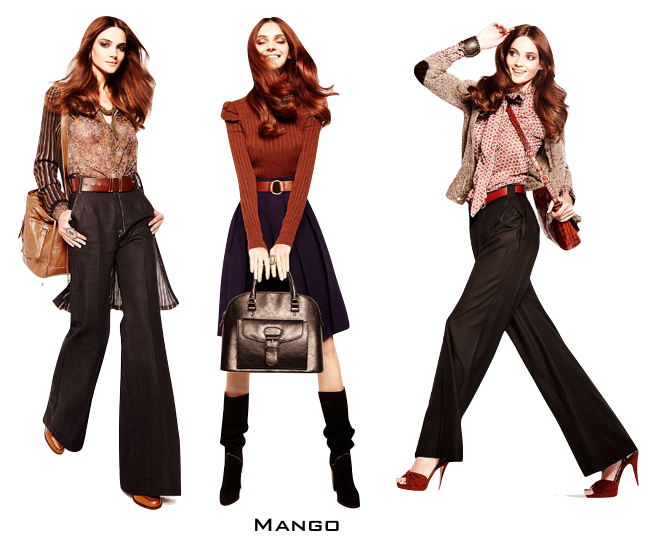
The best is to find your professional role maintaining your personal style. Unfortunately, not everybody accomplish that, sometimes, in order to fit in a professional environment people tend to sacrifice their personality. For example, being a lawyer is hard; you have to be always very formal to fit in. And what about the creative and designers world? Have you ever seen how they dress? I just love it, they are always very creative, and original I would say authentic. For some people they are like in a disguise, but I think is the best, I like to think that they will work as creatively as they dress.
Here are some tips to have a professional look:
• Analyze how is your professional environment so you will know what is expected from you. How do you expect your doctor to be dress? And your nanny? Your lawyer?
• Adapt your personal style to your professional role so you don’t feel like you are wearing a custom every single morning.

• Avoid cleavages, tight or shinning clothes, and miniskirts, it doesn’t matter your profession, leave all of that for the weekend. Those things are distracting and unless you are in a TV show they are not nice for work.
• If you can’t find a way to reflect your personal style in your clothes, try in your accessories and your shoes, both things can talk a lot about yourself.
• If you have a “business casual” day, don’t dress too informal, it is not like if you were watching TV on a Saturday night at home, always keep in mind you are working so try not to be too “casual”.

• And last but not least, this could be very obvious, but always take care of your personal hygiene and your hair; both things could contribute or destroy your look.
See you soon!!
Fabiola
The pictures included are from Banana Republic, JCrew and Mango.

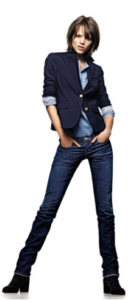
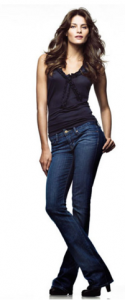
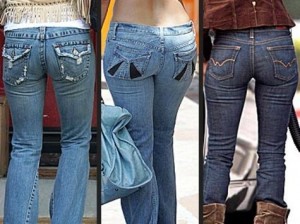
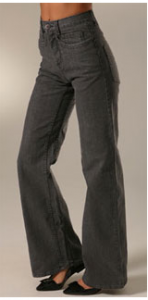
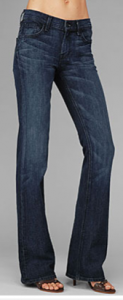
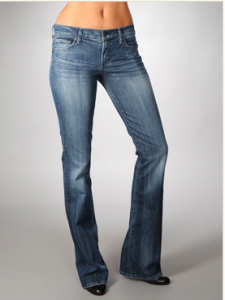
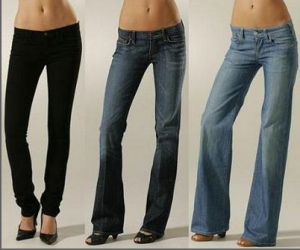
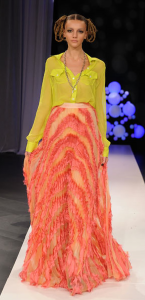
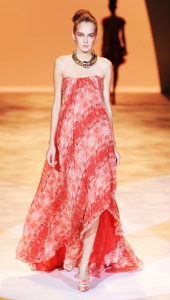
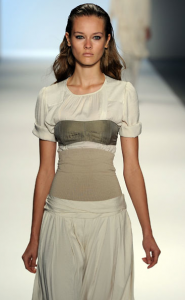
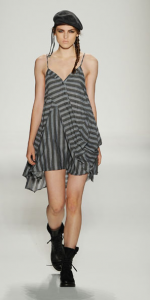
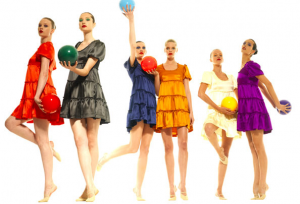
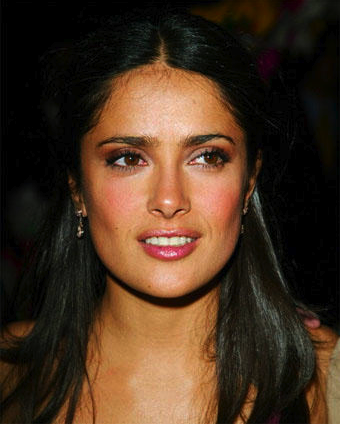 Salma Hayeck
Salma Hayeck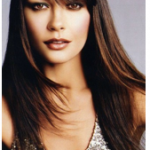 Catherine Zeta Jones
Catherine Zeta Jones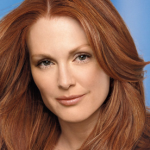 Julianne Moore
Julianne Moore Jennifer Aniston
Jennifer Aniston